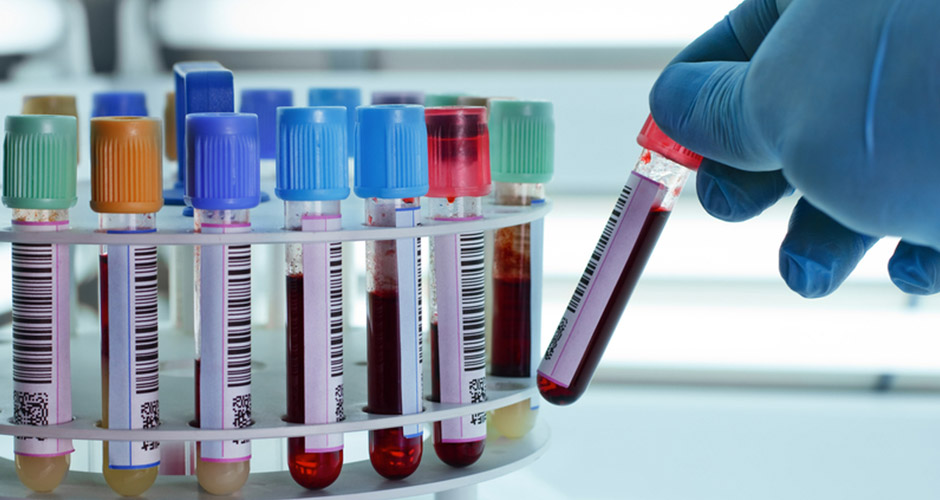MPO not a Good Biomarker for Endometriosis, Research Suggests
May 26, 2017
A biomarker is a molecule naturally occurring in the body, which can be an indicator of health or disease.
Levels of an enzyme called myeloperoxidase (MPO) in the body cannot be used on their own as a biomarker to detect the presence of endometriosis, suggests a study published in the journal Gynecologic and Obstetric Investigation.
Because MPO is an enzyme that causes inflammation and because inflammation is linked to the development of endometriosis, a team of researchers led by Dr. Amelie Fassbender at the University of Leuven in Belgium, hypothesized that the levels of MPO might be different in the blood of women with endometriosis and those without, and therefore be used as reliable biomarker for the disease.
A biomarker is a molecule naturally occurring in the body, which can be an indicator of health or disease. Biomarkers are invaluable in that they can be used to identify a particular condition, monitor how it progresses, and determine how well the body responds to a certain treatment. It is a long-lasting expectation to discover a clinically useful, reliable, accurate but noninvasive tool for the diagnosis of endometriosis.
In order to test their hypothesis, the researchers analyzed samples from a biobank of 212 women with and 121 women without endometriosis across the menstrual cycle. They measured the amount of total, specific and active MPO in these samples.
They found that there was no difference in the levels of total and active MPO between women with endometriosis and those without. However, there was a statistically significant difference in the levels of specific MPO between women with endometriosis and those without, with women with endometriosis having significantly lower levels of specific MPO activity compared to women without endometriosis.
The researchers then divided the women without endometriosis into two groups: those with a normal pelvis and those with benign gynecological disorders other than endometriosis. They found that there was only a difference in the levels of MPO between women with endometriosis and those with another type of benign gynecological disorder, but no difference between women with endometriosis and those with a normal pelvis.
The authors concluded that MPO may be involved in other gynecological disorders, but that their findings do not provide any evidence to support the presence of an association between MPO and endometriosis. “MPO levels may not be suited as a single biomarker for endometriosis,” they wrote.
There are several limitations of the study: being a case-control nature, only associations could be investigated, and cause-effect relationship between MPO and endometriosis can not be demonstrated. Furthermore, MPO levels are effected by so many reasons and it is not possible to exlude the influence of concomitant diseases when present. Additionally, control group had endometriosis symptoms including pain that endometriosis was not demonstated by laparoscopy were not confirmed by laparoscopy and these symptoms themselves may affect MPO levels.
Research Source: https://www.ncbi.nlm.nih.gov/pubmed/28511185
Biomarker MPO

